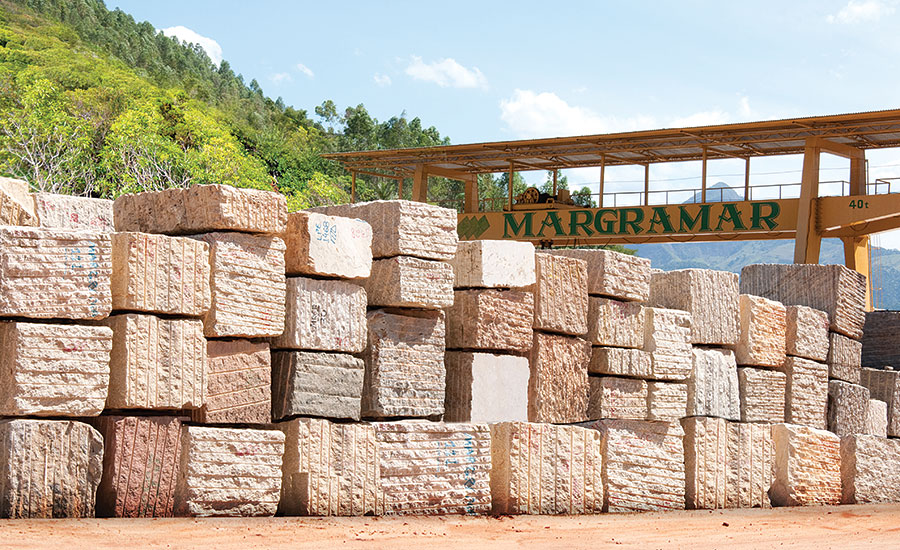Unlocking Natural Treasures: Granite Quarries in South Africa Unveiled
Unlocking Natural Treasures: Granite Quarries in South Africa Unveiled
Blog Article
Uncovering the Rich Background and Lasting Practices of Granite Quarrying
As we depend on the precipice of discovering the intricate tapestry of granite quarrying, a journey through time reveals not just the physical act of extracting rock however likewise the social and historic importance woven into the really material of this technique. From the old origins that laid the foundation for contemporary quarrying methods to the sustainable methods that are forming the future of this market, each sculpt mark on granite surfaces narrates waiting to be unearthed (granite quarries in south africa). The tradition of granite quarrying stretches far beyond simple extraction; it is a testimony to human resourcefulness, resilience, and the long-lasting attraction of this stunning rock
Old Origins of Granite Quarrying
Dating back to ancient civilizations, the practice of quarrying granite has been an integral part of human background and architectural improvement. The earliest evidence of granite quarrying days back to old Egypt, where enormous pyramids and complex sculptures were crafted from this resilient stone. The Egyptians used primitive tools to extract granite blocks from quarries, showcasing the relevance of this product in their huge building and constructions.
Moving onward in history, the Greeks likewise made significant contributions to the quarrying of granite. The Greeks made use of granite in various architectural wonders, such as holy places and sculptures, demonstrating their skill in shaping and carving this sturdy stone. The Romans additionally fine-tuned the methods of quarrying granite, utilizing sophisticated devices like blades and hammers to essence and shape granite for their famous frameworks.
With the centuries, the practice of quarrying granite has developed, with modern technologies improving effectiveness while maintaining the ageless allure of this all-natural stone - granite quarries in south africa. From ancient worlds to contemporary home builders, the tradition of granite quarrying continues to form our globe
Development of Quarrying Techniques
The advancement of quarrying methods has been noted by a constant development towards greater effectiveness and accuracy in drawing out granite. Early quarrying methods entailed hands-on labor with basic tools such as chisels, hammers, and wedges to extract granite blocks from the earth.
In even more current times, the arrival of machinery changed the quarrying industry, making it possible for much faster extraction rates and enhanced performance. Technologies such as ruby wire saws, high-pressure water jets, and pneumatically-driven drills have actually become standard in contemporary quarries, permitting exact cutting and reduced waste. Developments in computer-controlled tools and 3D modeling have enhanced quarrying procedures, leading to minimal ecological impact and boosted sustainability practices. As the demand for granite remains to increase, the advancement of quarrying methods stays important to conference sector requires successfully and sustainably.
Social Significance of Granite
Granite holds an link extensive social significance throughout different human beings due to its long-lasting presence in building masterpieces and prized monuments. The social relevance of granite extends past its physical characteristics; it personifies durability, security, and eternity, making it a sign of sustaining traditions and practices.

Sustainable Practices in Quarrying
Amidst the rich background of granite quarrying and its cultural value lies a growing focus on lasting techniques within the industry. As ecological understanding and worries concerning resource deficiency have heightened worldwide, the quarrying sector has actually significantly read accepted lasting techniques to minimize its effect on the atmosphere and bordering communities.

Moreover, recovery and recovery of quarry websites post-extraction are essential to lasting techniques. By recovering quarried areas to an all-natural or valuable state, such as producing wild animals habitats or entertainment areas, quarriers can balance out the environmental footprint of their procedures and contribute positively to the regional ecosystem.
Tradition of Granite Quarrying
With a historic background steeped in workmanship and industrial development, what withstanding effect has granite quarrying left on the landscape of contemporary culture? The heritage of granite quarrying transcends simple removal techniques; it has actually formed building marvels, metropolitan landscapes, and cultural heritage worldwide. The resilient nature of granite has actually made it a recommended selection for monoliths, buildings, and infrastructure, standing as a testimony to the skill and artistry of quarry employees across generations.
Furthermore, the financial footprint of granite quarrying can not be neglected. The sector remains to offer work chances and drive local economies in areas where granite extraction is prevalent. It has actually likewise spurred technical innovations in quarrying methods and equipment, bring about much more reliable and lasting practices.
In terms of sustainability, the tradition of granite quarrying includes efforts to mitigate ecological impacts with recovery projects and accountable source management. By stabilizing financial interests with environmental stewardship, the sector makes every effort to make sure that future generations can proceed to take advantage of this enduring natural deposit.
Verdict

Report this page